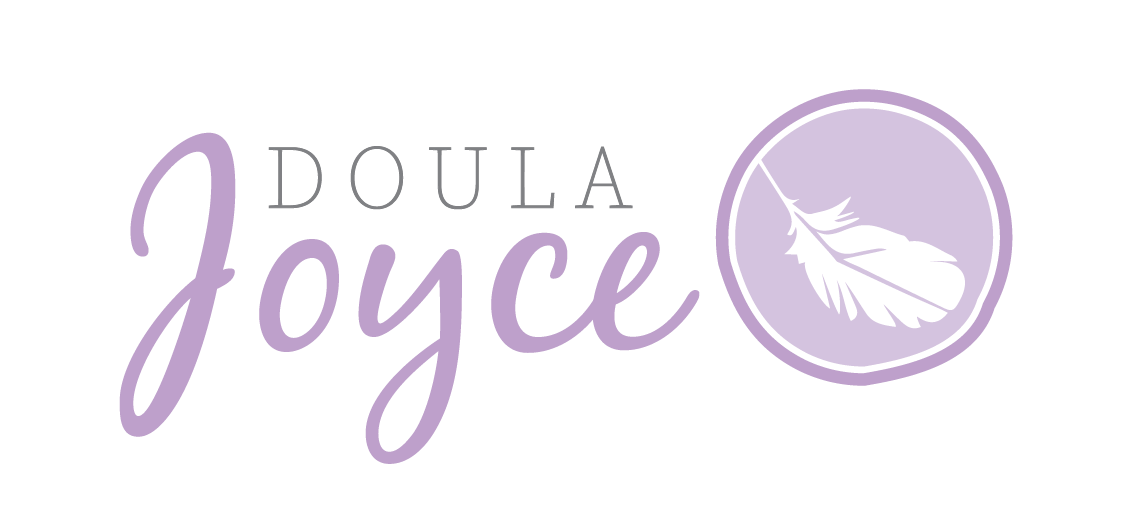2016-2017 Nebraska Hospital Cesarean Rates
Last August I published my calculations of Nebraska hospital overall Cesarean rates for the public. I am pleased to present this year's update. Again using data provided free to the public by the Nebraska Hospital Association at NHACareCompare.com, I calculated overall hospital-level Cesarean rates for the year beginning July 2016 and ending June 2017.
Below, I have included a bar graph for a visual representation of the data, and subscribers to my newsletter (enter your email address in the script above to subscribe) will receive a free 8 page PDF containing the raw data, along with more quality statistics about giving birth in Nebraska.
Here are the 47 Nebraska hospitals who cared for any births in the designated time period, and their Cesarean Rates. I have put an asterisk (*) on all bars representing fewer than 100 births, as low numbers are more difficult to interpret (for example, all 12 births at Children's Hospital in Omaha were Cesarean births, but Children's only cares for very high risk births, so their 100% Cesarean rate makes sense for their population). For reference, the CDC reports Nebraska's 2014 Cesarean rate at 30.8%, for 2015 at 31.1%, and 2016 at 31.0%. It seems the state may finally be turning a corner and working on reducing the overall Cesarean rate. Lexington Regional in Lexington has a rate of 30.82%, just below the 2016 state rate, and CHI Bergan Mercy in Omaha has a rate of 31.07%, just over the 2016 state rate.
The data I report are hospital overall Cesarean rates. A better indicator of a facility's contribution to Cesarean risk is the NTSV low-risk Cesarean rate. This is a group of moms and babies at the lowest risk of needing a Cesarean, so they should have a very low Cesarean rate. These are moms having their first birth (Nulliparous), giving birth between 37 and 42 weeks gestation (Term), carrying just one baby (Singleton), in the head-down position (Vertex), who have no risk factors that would make them more likely to have a Cesarean birth (such as diabetes, high blood pressure, etc). Many facilities claim that their Overall Cesarean Rate is inflated because they take higher-risk cases, so the NTSV Cesarean Rate is an excellent way to compare facility practices and cultures that may impact Cesarean rates. Unfortunately, there is no public source of facility-level NTSV Cesarean Rates in Nebraska that I have yet found. If you are able to obtain that information, for your facility or for all Nebraska maternity hospitals, I urge you to distribute that information to the public so consumers can make informed decisions about where to spend their medical dollars. However, we do know that Nebraska's NTSV Cesarean rate was 24.9% for 2017.
Why should you care about a hospital's Cesarean rate? Numerous public health organizations, including ACOG and the Society for Maternal-Fetal Medicine, the CDC, and the WHO have issued calls to reduce the Cesarean rate so that mothers and babies do not take on the risks of Cesarean birth unnecessarily. Research suggests that nearly half of all Cesareans are unnecessary, and the largest risk factor for a woman to give birth by Cesarean is not any health or demographic characteristic; it is the hospital where she goes for care.
There are numerous factors that contribute to a facility's overall Cesarean rate. For example hospital VBAC ban would increase their rate, a higher-level NICU would increase their rate, a hospital with midwives in practice typically lowers their rate. However one important consideration is how a hospital or OB office compensates their doctors for deliveries. If a caregiver receives payment only for those deliveries s/he attends personally, they experience financial pressure to personally deliver all babies in labor during their shift at the hospital, potentially leading to unnecessary interventions to speed up the birth for the provider's benefit. Some insurance companies compensate higher rates for Cesarean births, another financial incentive to perform a Cesarean over a vaginal birth. These types of underlying reasons for facility variations in Cesarean rate must be addressed so that doctors are free to put the focus back on mother and baby health.
Sadly, those unnecessary surgeries seem to be contributing to the United States' rising maternal mortality rate. Despite national and international efforts to reduce the Cesarean rate and prevent unnecessary Cesareans, Nebraska's overall Cesarean rate has been rising since at least 2013, but may currently be beginning a downturn. Hopefully when the CDC reports Nebraska's 2017 Cesarean rate in the next several months, we will continue to see the number fall.
Are you a consumer? Call your hospital, and let them know what you think about their Cesarean rate. If you have a choice of birthing hospital, and you want to avoid an unnecessary Cesarean, choose the hospital with the lowest rate, and tell them that is why you gave them your business. If you have had a Cesarean, get support as you heal and process your birth. ICAN is a great, safe place to do that.
Are you a maternity caregiver? Calculate your own Cesarean rate, as well as the rates of the facilities where you work. Look at the research examining why the Cesarean rate is so high. Educate yourself on the risks and benefits of both Cesareans and VBAC so you can adequately and truthfully counsel your patients to make an informed choice. If you choose not to offer VBAC care, refer your patients desiring VBAC to a provider who does.
Are you a hospital administrator? Seriously examine your facility's practices and procedures that may be contributing to unnecessary Cesareans. You can help reduce your facility's Cesarean rate. Hoag Memorial Hospital Presbyterian in Orange County, CA did, you can do it too.
For those who are also searching for hospital-level information in their area, here are some other sources I utilized in my search process. These and their equivalents in other states may be useful for others:

